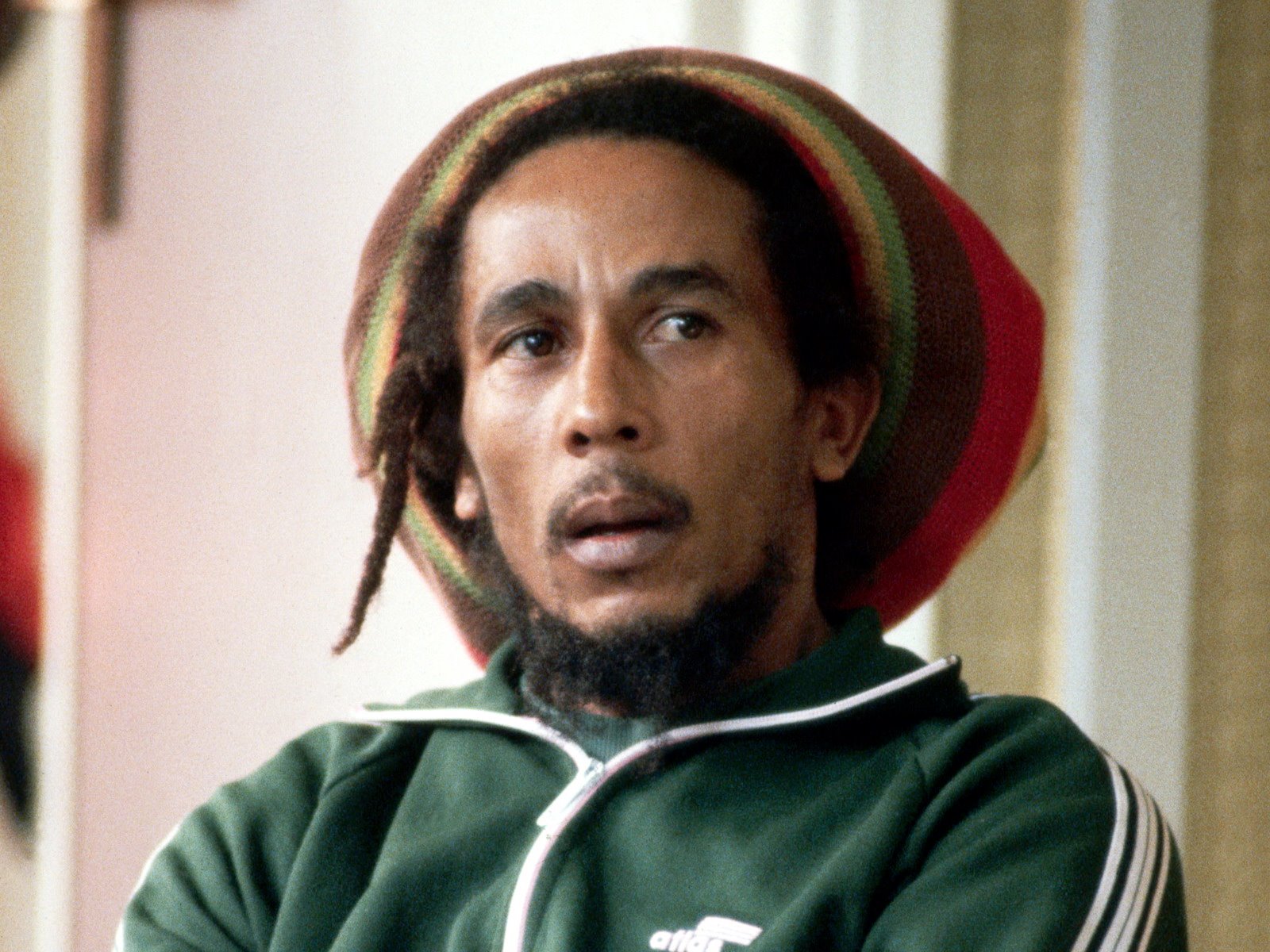Blog
John Towner Williams (born February 8, 1932) is an American composer and conductor. In a career that has spanned seven decades, he has composed some of the most popular, recognizable and critically acclaimed film scores in cinema history. He has a very distinct sound that mixes romanticism, impressionism and atonal music with complex orchestration. He is most known for his collaborations with Steven Spielberg and George Lucas and has received numerous accolades including 26 Grammy Awards, five Academy Awards, seven BAFTA Awards, three Emmy Awards and four Golden Globe Awards. With 54 Academy Award nominations, he is the second-most nominated person, after Walt Disney, and is the oldest Oscar nominee in any category, at 91 years old.
Williams’ early work as a film composer include Valley of the Dolls (1967), Goodbye, Mr. Chips (1969), Images (1972) and The Long Goodbye (1973). He has collaborated with Spielberg since his 1974 film The Sugarland Express, composing music for all but five of his feature films. He received five Academy Awards for Best Original Score for Fiddler on the Roof (1971), Jaws (1975), Star Wars (1977), E.T.: The Extra Terrestrial (1982), and Schindler’s List (1993). Other memorable collaborations with Spielberg include Close Encounters of the Third Kind (1977), the Indiana Jones franchise (1981–2023), Jurassic Park (1993), Saving Private Ryan (1998), Catch Me If You Can (2002), War Horse (2011), Lincoln (2012), and The Fabelmans (2022). He also scored Superman (1978), the first two Home Alone films (1990–1992), and the first three Harry Potter films (2001–2004).
Williams has also composed numerous classical concertos and other works for orchestral ensembles and solo instruments. He served as the Boston Pops‘ principal conductor from 1980 to 1993 and is its laureateconductor. Other works by Williams include theme music for the 1984 Summer Olympic Games, NBC Sunday Night Football, “The Mission” theme used by NBC News and Seven News in Australia, the television series Lost in Space and Land of the Giants, and the incidental music for the first season of Gilligan’s Island.Williams announced but then rescinded his intention to retire from film score composing after the release of Indiana Jones and the Dial of Destiny in 2023.
In 2022, Williams was appointed an Honorary Knight Commander of the Order of the British Empire (KBE) by Queen Elizabeth II, “for services to film music”. He has received numerous honors including the Kennedy Center Honor in 2004, the National Medal of the Arts in 2009, and the AFI Life Achievement Award in 2016.[a] He was inducted into the Songwriters Hall of Fame in 1998, the Hollywood Bowl‘s Hall of Fame in 2000, and the American Classical Music Hall of Fame in 2004. He has composed the score for nine of the top 25 highest-grossing films at the U.S. box office. In 2005, the American Film Instituteselected Williams’s score to Star Wars as the greatest film score of all time. The Library of Congressentered the Star Wars soundtrack into the National Recording Registry for being “culturally, historically, or aesthetically significant”.
more...Alonzo “Lonnie” Johnson (February 8, 1899 – June 16, 1970) was an American blues and jazzsinger, guitarist, violinist and songwriter. He was a pioneer of jazz guitar and jazz violin and is recognized as the first to play an electrically amplified violin.
Johnson was born in New Orleans, Louisiana and raised in a family of musicians. He studied violin, piano and guitar as a child and learned to play various other instruments, including the mandolin, but he concentrated on the guitar throughout his professional career. “There was music all around us,” he recalled, “and in my family you’d better play something, even if you just banged on a tin can.”
In 1917, Johnson joined a revue that toured England, returning home in 1919 to find that all of his family, except his brother James, had died in the 1918 influenza epidemic.
more...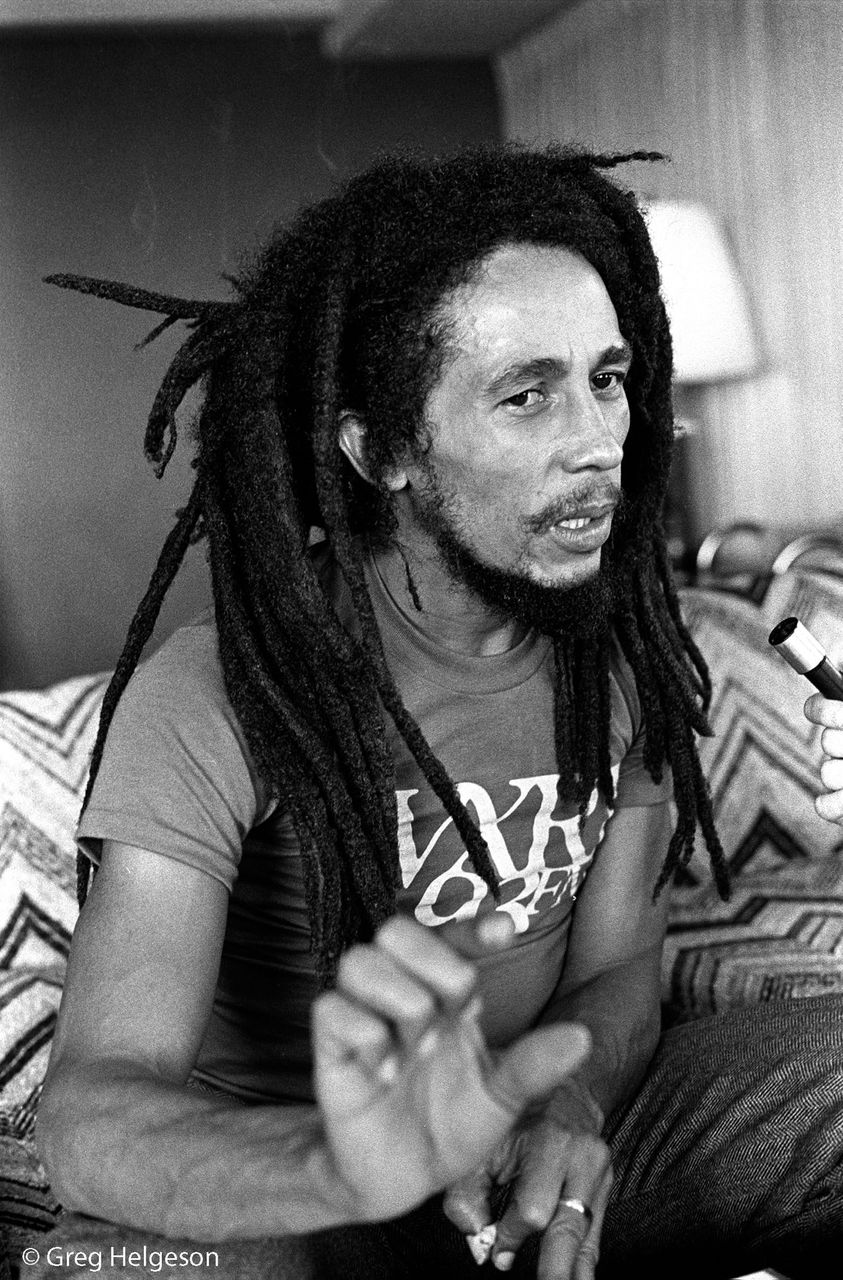
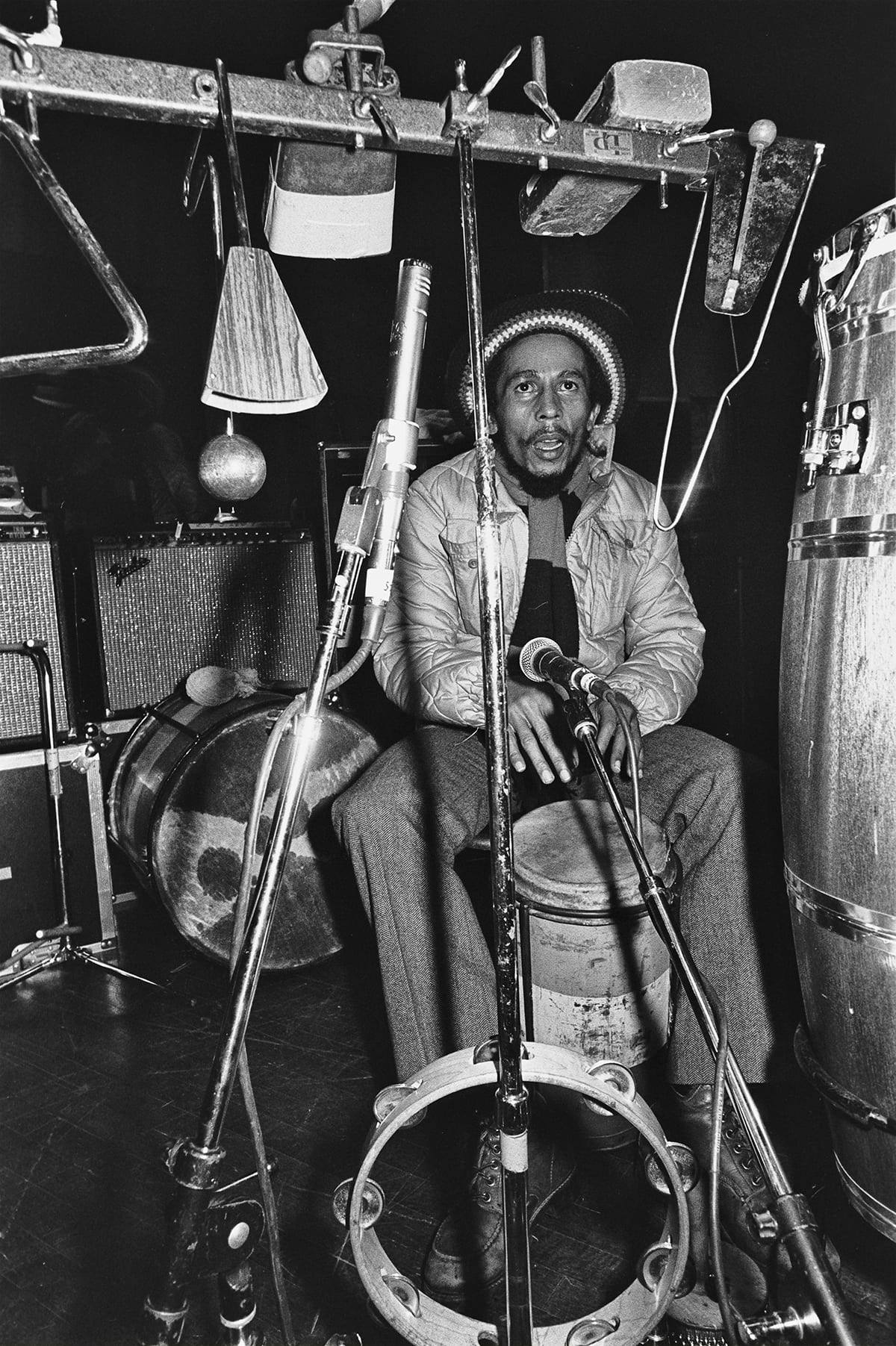
Pictured is the pair of galaxies cataloged as NGC 4038 and NGC 4039,known as the Antennae Galaxies. Because they are only 60 million light years away, close by intergalactic standards, the pair is one of the best studied interacting galaxies on the night sky. Their strong attraction began about a billion years ago when they passed unusually close to each other. As the two galaxies interact, their stars rarely collide, but new stars are formed when their interstellar gases crash together. Some new stars have already formed, for example, in the long antennae seen extending out from the sides of the dancing duo. By the time the galaxy merger is complete, likely over a billion years from now, billions of new stars may have formed.
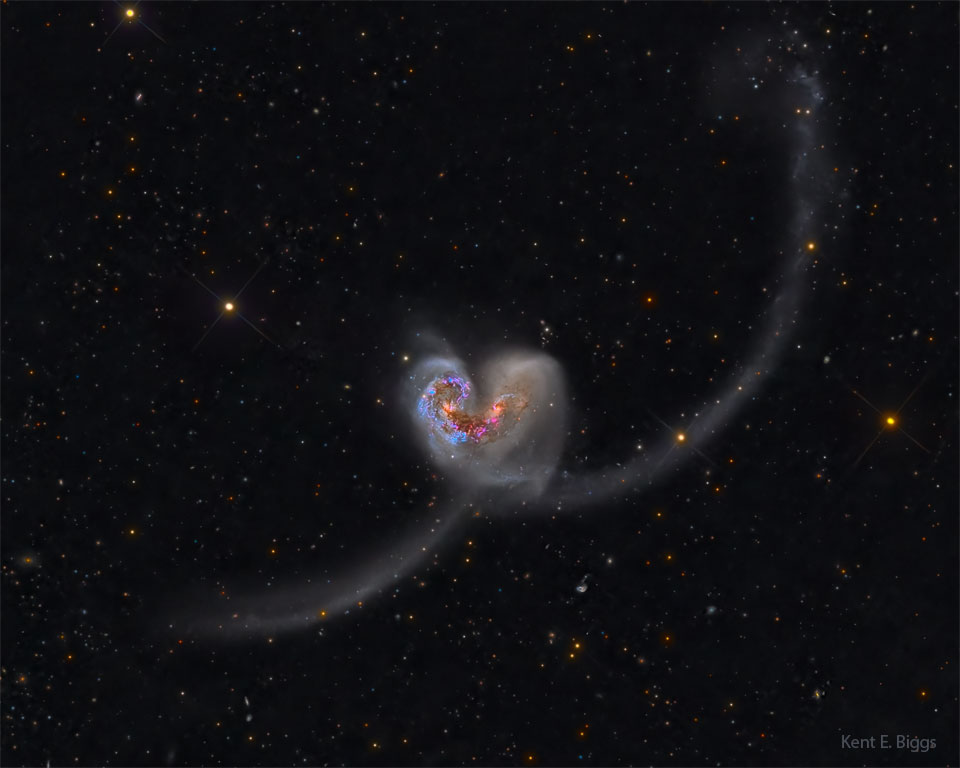
more...
Earl Silas Johnson IV (February 7, 1934 – April 17, 2003), known as Earl King, was an American singer, guitarist, and songwriter, most active in blues music. A composer of blues standards such as “Come On” (covered by Jimi Hendrix, Freddie King, Stevie Ray Vaughan) and “Big Chief” (recorded by Professor Longhair), he was an important figure in New Orleans R&B.
King was born in New Orleans, Louisiana, United States. His father was a piano player. He died when Earl was still a baby, and Earl was brought up by his mother. With his mother, he started going to church at an early age. In his youth he sang gospel music, but he took the advice of a friend to switch to blues to make a better living.
more...Curtis Ousley (born Curtis Montgomery; February 7, 1934 – August 13, 1971), known professionally as King Curtis, was an American saxophonist who played rhythm and blues, jazz, and rock and roll. A bandleader, band member, and session musician, he was also a musical director and record producer. A master of the instrument, he played tenor, alto, and soprano saxophone. He played riffs and solos on hit singles such as “Respect” by Aretha Franklin (1967), and “Yakety Yak” by The Coasters (1958) and his own “Soul Twist” (1962), “Soul Serenade” (1964), and “Memphis Soul Stew” (1967).
Curtis Montgomery was born in Fort Worth, Texas, the son of Ethel Montgomery, and was adopted, with his sister Josephine Allen (died 2019), by Josie and William Ousley. Curtis attended I.M. Terrell High School, and studied and performed music with schoolmate Ornette Coleman (1930–2015).
more...James Hubert “Eubie” Blake (February 7, 1887 – February 12, 1983) was an American pianist and composer of ragtime, jazz, and popular music. In 1921, he and his long-time collaborator Noble Sisslewrote Shuffle Along, one of the first Broadway musicals written and directed by African Americans.Blake’s compositions included such hits as “Bandana Days”, “Charleston Rag”, “Love Will Find a Way”, “Memories of You” and “I’m Just Wild About Harry“. The 1978 Broadway musical Eubie! showcased his works; in 1981, President Ronald Reagan awarded Blake the Presidential Medal of Freedom.
Blake was born at 319 Forrest Street in Baltimore, Maryland. Of the many children born to former slavesEmily “Emma” Johnstone and John Sumner Blake, he was the only one to survive childhood. John Sumner Blake was a stevedore on the Baltimore Docks.
Blake claimed in later life to have been born in 1883, but records published beginning in 2003—U.S. Census, military, and Social Security records and Blake’s passport application and passport—uniformly give his birth year as 1887.
more...Fat Tuesday
more...Spanish Dancer galaxy, NGC 1566, one of the most typical and photogenic spirals on the sky. There is something different about this galaxy image, though, because it is a diagonal combination of two images: one by the Hubble Space Telescope on the upper left, and the other by the James Webb Space Telescope on the lower right. The Hubble image was taken in ultraviolet light and highlights the locations of bright blue stars and dark dust along the galaxy’s impressive spiral arms. In contrast, the Webb image was taken in infrared light and highlights where the same dust emits more light than it absorbed. In the rollover image, the other two sides of these images are revealed. Blinking between the two images shows which stars are particularly hot because they glow brighter in ultraviolet light, and the difference between seemingly empty spaceand infrared-glowing dust.
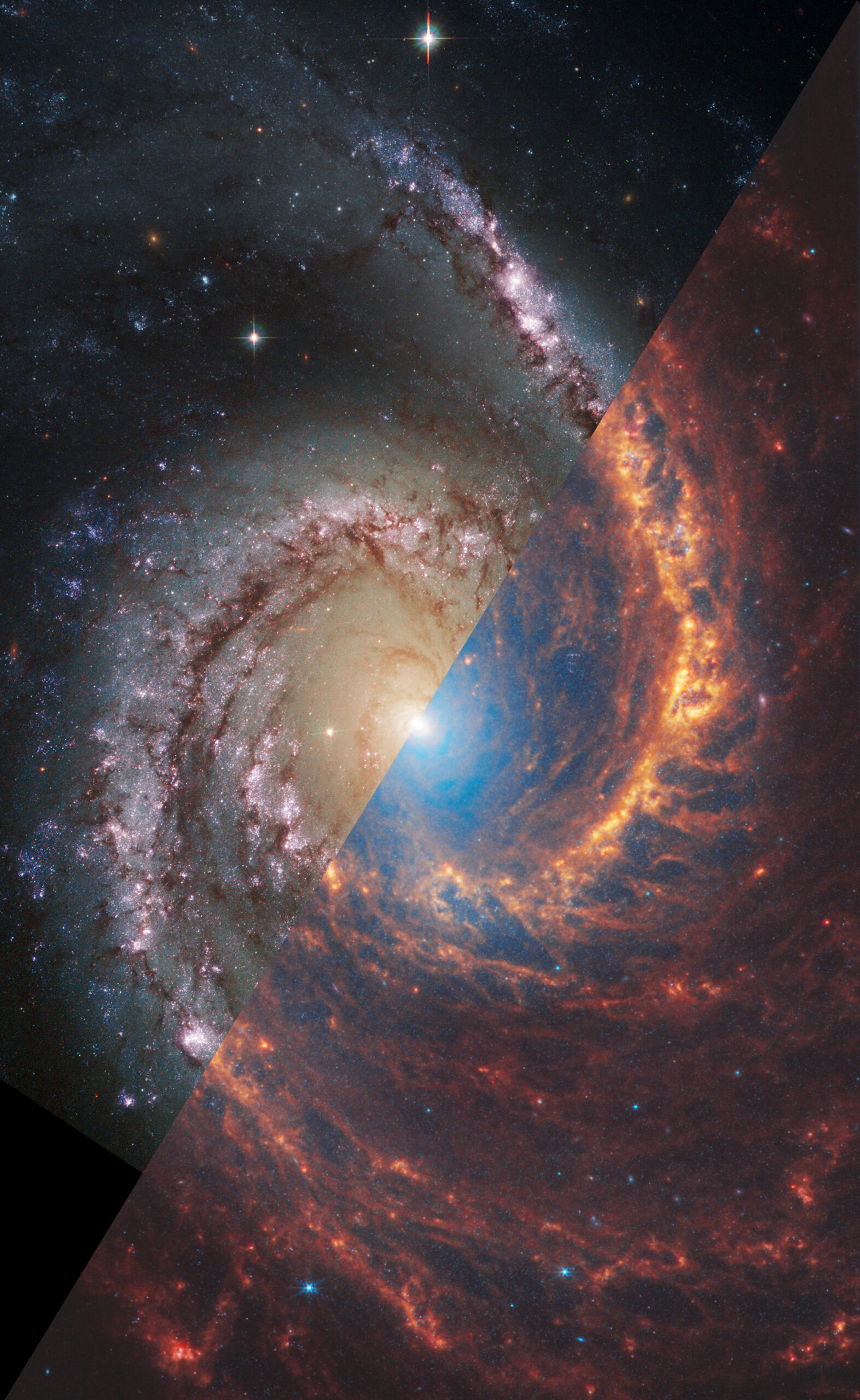
Robert Nesta Marley OM (6 February 1945 – 11 May 1981) was a Jamaican reggae singer, guitarist, and songwriter. Considered one of the pioneers of the genre, his music fused elements of reggae, ska, and rocksteady, and he was renowned for his distinctive vocal and songwriting style. Marley’s contribution to music irrefutably increased the visibility of Jamaican music worldwide, and made him a global figure in popular culture. Over the course of his career, Marley became known as a Rastafarian icon, and he infused his music with a sense of spirituality. He is also considered a global symbol of Jamaican musicand culture and identity, and was controversial in his outspoken support for democratic social reforms. He also supported legalisation of cannabis, and advocated for Pan-Africanism. In 1976, Marley survived an assassination attempt in his home, which was thought to be politically motivated.
Born in Nine Mile, Jamaica, Marley began his professional musical career in 1963, after forming the group Teenagers with Peter Tosh and Bunny Wailer, which, after several name changes, would become the Wailers. The group released its debut studio album The Wailing Wailers in 1965, which contained the single “One Love“, a reworking of “People Get Ready“; the song was popular worldwide, and established the group as a rising figure in reggae. The Wailers released an additional eleven studio albums, and after signing to Island Records, the band’s name became Bob Marley and the Wailers. While initially employing louder instrumentation and singing, the group began engaging in rhythmic-based song construction in the late 1960s and early 1970s, which coincided with Marley’s conversion to Rastafari. Around this time, Marley relocated to London, and the group embodied their musical shift with the release of the album The Best of The Wailers (1971).
The group started to gain international attention after signing to Island, and touring in support of the albums Catch a Fire and Burnin’ (both 1973). Following the disbandment of the Wailers a year later, Marley carried on under the band’s name. The album Natty Dread (1974) received positive reception. In 1975, following the global popularity of Eric Clapton‘s version of Marley’s “I Shot the Sheriff“, Marley had his international breakthrough with his first hit outside Jamaica, with a live version of “No Woman, No Cry“, from the Live! album. This was followed by his breakthrough album in the United States, Rastaman Vibration (1976), which reached the Top 50 of the Billboard Soul Charts. A few months after the album’s release, Marley survived an assassination attempt at his home in Jamaica, which prompted him to permanently relocate to London. During his time in London he recorded the album Exodus (1977); it incorporated elements of blues, soul, and British rock and enjoyed widespread commercial and critical success. In 1977, Marley was diagnosed with acral lentiginous melanoma; he died as a result of the illness in 1981, shortly after baptism into the Ethiopian Orthodox Church. His fans around the world expressed their grief, and he received a state funeral in Jamaica.
The greatest hits album Legend was released in 1984, and became the best-selling reggae album of all time. Marley also ranks as one of the best-selling music artists of all time, with estimated sales of more than 75 million records worldwide. He was posthumously honoured by Jamaica soon after his death with a designated Order of Merit by his nation. In 1994, he was posthumously inducted into the Rock and Roll Hall of Fame. Rolling Stone ranked him No. 11 on its list of the 100 Greatest Artists of All Time. and No. 98 on its list of the 200 Greatest Singers of All Time. His other achievements include a Grammy Lifetime Achievement Award, a star on the Hollywood Walk of Fame, and induction into the Black Music & Entertainment Walk of Fame.
more...
Natalie Maria Cole (February 6, 1950 – December 31, 2015) was an American singer, songwriter, and actress. She was the daughter of singer and jazz pianist Nat King Cole. She rose to prominence in the mid-1970s, with the release of her debut album Inseparable (1975), along with the song “This Will Be (An Everlasting Love)“, and the album’s title track. Its success led to her receiving the Grammy Award for Best New Artist at the 18th Annual Grammy Awards, for which she became the first African-American recipient, as well as the first R&B act to win the award. The singles “Sophisticated Lady” (1976), “I’ve Got Love on My Mind“, and “Our Love” (1977) followed.
After releasing several albums, she departed from her R&B sound and returned as a pop singer on the 1987 album Everlasting, along with her cover of Bruce Springsteen‘s “Pink Cadillac“. In the 1990s, she sang traditional pop by her father, resulting in her biggest success, Unforgettable… with Love, which was certified 7× platinum by the Recording Industry Association of America (RIAA). Unforgettable… with Lovewon the Grammy Award for Album of the Year, for which Cole became the first African-American woman to win the award.
Throughout her lifetime, Cole received nine Grammy Awards, was nominated for a Primetime Emmy Award, and sold over 30 million records worldwide. She was awarded the Howie Richmond Hitmaker Award from the Songwriters Hall of Fame in 1999, and has been inducted into the National Rhythm & Blues Hall of Fame (2021), and received a star on the Hollywood Walk of Fame.
more...John Pisano (born February 6, 1931) is an American jazz guitarist.
John Pisano was born in Staten Island, New York on February 6, 1931.
Pisano has worked with Herb Alpert, Billy Bean, Chico Hamilton, Peggy Lee, and Joe Pass.
more...Stars are forming, dying, and leaving an impressive tapestry of dark dusty filaments. The entire Carina Nebula, cataloged as NGC 3372, spans over 300 light years and lies about 8,500 light-years away in the constellation of Carina. The nebula is composed predominantly of hydrogen gas, which emits the pervasive red and orange glows seen mostly in the center of this highly detailed featured image. The blue glow around the edges is created primarily by a trace amount of glowing oxygen. Young and massive stars located in the nebula’s center expel dust when they explode in supernovas. Eta Carinae, the most energetic star in the nebula’s center, was one of the brightest stars in the sky in the 1830s, but then faded dramatically.
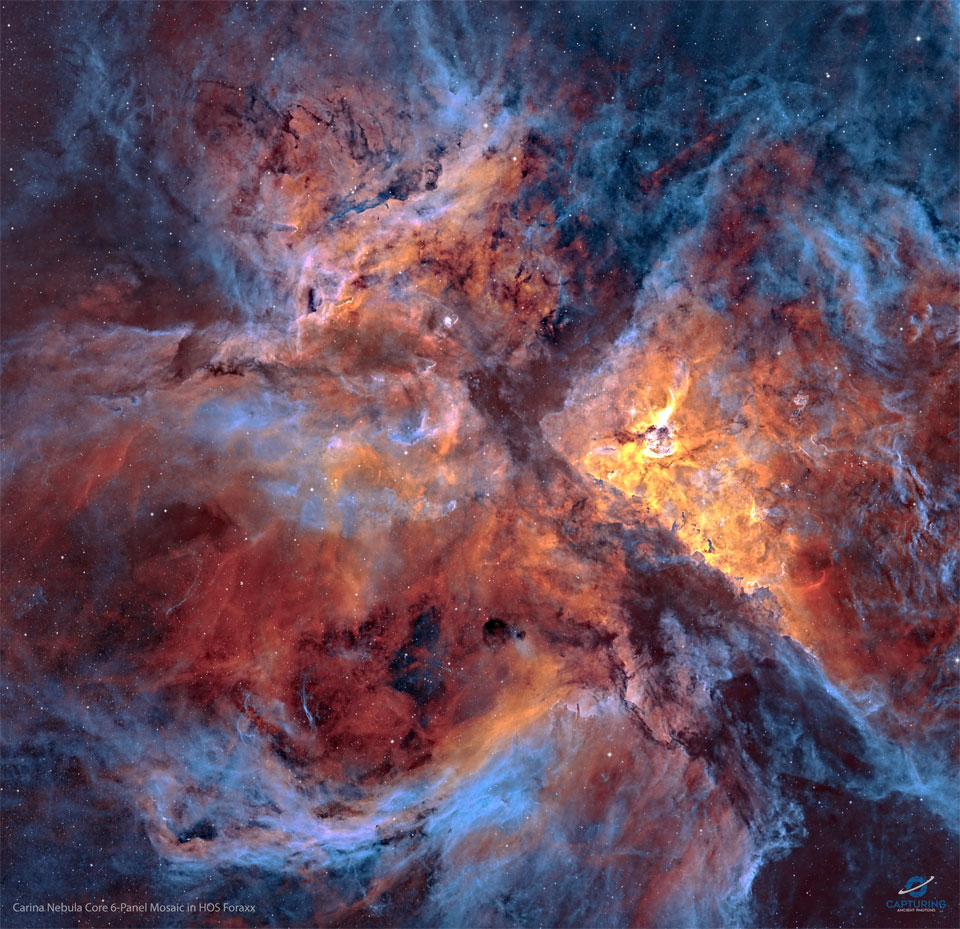
Richard Quentin Laird (February 5, 1941 – July 4, 2021) was an Irish musician, best known as the bassist and a founding member of the jazz fusion band Mahavishnu Orchestra, with which he performed from 1971 to 1973.
Laird was born in Dublin on 5 February 1941 to a musical family. His mother played the piano in a variety of styles and his father played the ukulele; Laird started playing both instruments when he was three. At around five years of age, Laird started formal tuition in the guitar and piano, and he had already started to read sheet music. He soon quit the piano as he did not perform well, which led him to take up painting and drawing. At twelve, Laird began lessons in Spanish guitar, but his teacher used books that he felt were too difficult, so he quit. He then discovered jazz from his mother, who bought her son a pair of drum brushes and made him play along to records.
more...More Posts
- World Music with Seun Kuti
- Daily Roots with the Twinkle Brothers
- The Cosmos with IC 63
- Azar Lawrence Day
- Henry Grimes Day
- Billy Mitchell Day
- World Music with Paco de Lucia
- Daily Roots with Clarence Parks
- Muertos de Dias 2018
- All Souls Day 2018
- The Cosmos with W63
- Rubim de Toledo Day
- Phil Woods Day
- World Music with Åse Teigland
- Daily Roots with Earl Zero
- Happy All Saints Day 2018
- The Cosmos with HBC 672
- Lyle Lovett Day
- Lou Donaldson Day
- world Music with Danças Ocultas
